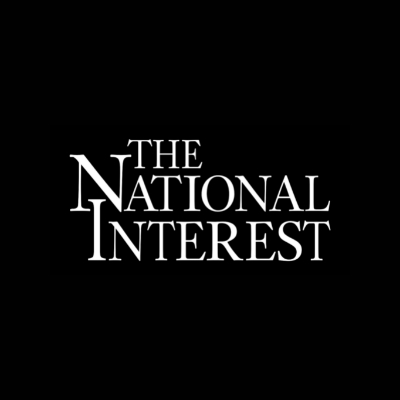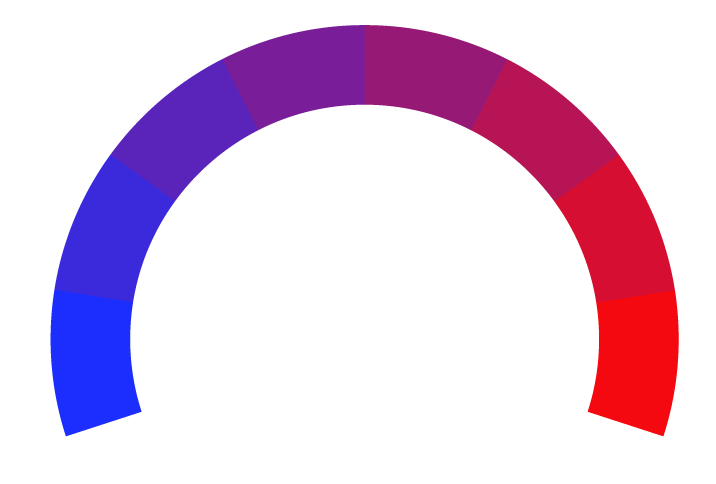 The National Interest Article Rating
The National Interest Article RatingWhat Drives Iranian Conduct?
- Bias Rating
- Reliability
N/AN/A
- Policy Leaning
100% Very Right
- Politician Portrayal
-57% Negative
Continue For Free
Create your free account to see the in-depth bias analytics and more.
By creating an account, you agree to our Terms and Privacy Policy, and subscribe to email updates.
Bias Score Analysis
The A.I. bias rating includes policy and politician portrayal leanings based on the author’s tone found in the article using machine learning. Bias scores are on a scale of -100% to 100% with higher negative scores being more liberal and higher positive scores being more conservative, and 0% being neutral.
Sentiments
N/A
- Liberal
- Conservative
| Sentence | Sentiment | Bias |
|---|---|---|
Unlock this feature by upgrading to the Pro plan. | ||
Reliability Score Analysis
Policy Leaning Analysis
Politician Portrayal Analysis
Bias Meter
Extremely
Liberal
Very
Liberal
Moderately
Liberal
Somewhat Liberal
Center
Somewhat Conservative
Moderately
Conservative
Very
Conservative
Extremely
Conservative
-100%
Liberal
100%
Conservative

Contributing sentiments towards policy:
56% : Suleimani was a significant political as well as military figure who enjoyed widespread popularity in Iran.54% : Tehran's future policies on nuclear matters will again be in very large part reactions to U.S. policies toward Iran.
51% : The ups and downs of that program have been reactions to changes in U.S. policies toward Iran.
50% : The assumption about hard wiring is mistaken on multiple counts, which can be seen by recognizing that Iran, as a nation-state, exhibits several of the attributes that almost all nation-states exhibit.
50% : That observation is uncontroversial when applied to, say, U.S. policy toward Iran.
48% : Tehran's concern for the temperature of its relations with Western countries -- and by implication, the policies of those countries toward Iran -- also has shaped Iran's policies regarding its nuclear program.
47% : When U.S. policy changed by dropping an insistence on zero enrichment as a condition for sanctions relief and better relations, Iran responded by negotiating an agreement that drastically cut back its nuclear program, placed it under intense international monitoring, and closed all possible paths to a possible nuclear weapon.
47% : In this respect, discourse in the United States about Iran forms a contrast with discourse about Russia in the ten months since Russia invaded Ukraine.
46% : A ritually repeated example of such rhetoric is a reference to Iran as the "number one state sponsor of terrorism."
44% : Faced with U.S.-led sanctions that had not been applied to other states with nuclear programs, Iran responded by using escalated enrichment of uranium as a bargaining chip.
43% : A political response in Tehran also included the discrediting of the pragmatic leaders who had negotiated the nuclear agreement and a solidifying of the hardliners' hold on power.
43% : Especially important in this regard will be whether U.S. good faith, shattered four years ago, in abiding by agreements can be restored, and how much threats of military attack will strengthen voices in Tehran arguing that the country needs a nuclear deterrent.
41% : The prevailing bias is toward perceiving all Iranian behavior as stemming from qualities inherent in Iran or its regime, rather than being a reaction to what the United States or other foreign states do to Iran.
41% : When U.S. policy changed again -- with President Donald Trump totally reneging on the nuclear agreement in 2018 and adopting a policy of "maximum pressure" that remains in effect today -- Iran responded by once again using escalated uranium enrichment as a bargaining chip and adopting a more aggressive regional policy.
39% : The disagreements and the struggles persist in Tehran despite the current domination of hardliners over moderates.
39% : Almost no one in Washington argues that America's own policy is due to something hard-wired in Americans, rather than being a response to what Iran does.
39% : Tehran's curbing of the operations a few years later was in large part a response to the refusal of European governments to have anything but frigid relations with Iran as long as assassinations took place on European soil.
39% : To the extent Iran's lethal clandestine activities are aimed not just at exiled dissidents, the Iranian policy involved is almost entirely a reaction to what other countries, including the United States, have done to Iran.
38% : But to overlook or downplay the very large degree to which the policies and conduct are reactions to what other states, and especially the United States, have done to Iran is to fail to understand the sources of Iranian behavior.
37% : For one thing, Iran has politics -- disagreements within the country and within the regime over policy and struggles for control of policy.
37% : Iran has had plenty of genuine threats to its security to worry about, even before the current domestic protests.
34% : Reports of an increase in clandestine Iranian operations against persons abroad -- including, but not limited to, exiled Iranian dissidents -- will naturally feed the most disparaging images of Iran.
31% : Little or no such acknowledgment has emerged in discussions about Iran, and understanding among Americans of why Iran does what it does has suffered.
30% : The bias shapes American perceptions of Iran even though Iran, not being a superpower like the United States, is more likely than the United States to be buffeted by the actions of other states and less likely to be the one doing the buffeting.
23% : These have included explicit threats of military attack against Iran and the reality of sabotage inside Iran -- by states with the demonstrated capability and willingness to perform each -- as well as being targeted by other forms of international terrorism and seeing shelter given to groups dedicated to revolutionary violence in Iran.
21% : But users of such formulations almost never address the larger conflicts that are the context for the terrorism in question, nor the international terrorism that other states in the region practice at least as unashamedly as Iran, and sometimes against Iran.
*Our bias meter rating uses data science including sentiment analysis, machine learning and our proprietary algorithm for determining biases in news articles. Bias scores are on a scale of -100% to 100% with higher negative scores being more liberal and higher positive scores being more conservative, and 0% being neutral. The rating is an independent analysis and is not affiliated nor sponsored by the news source or any other organization.























